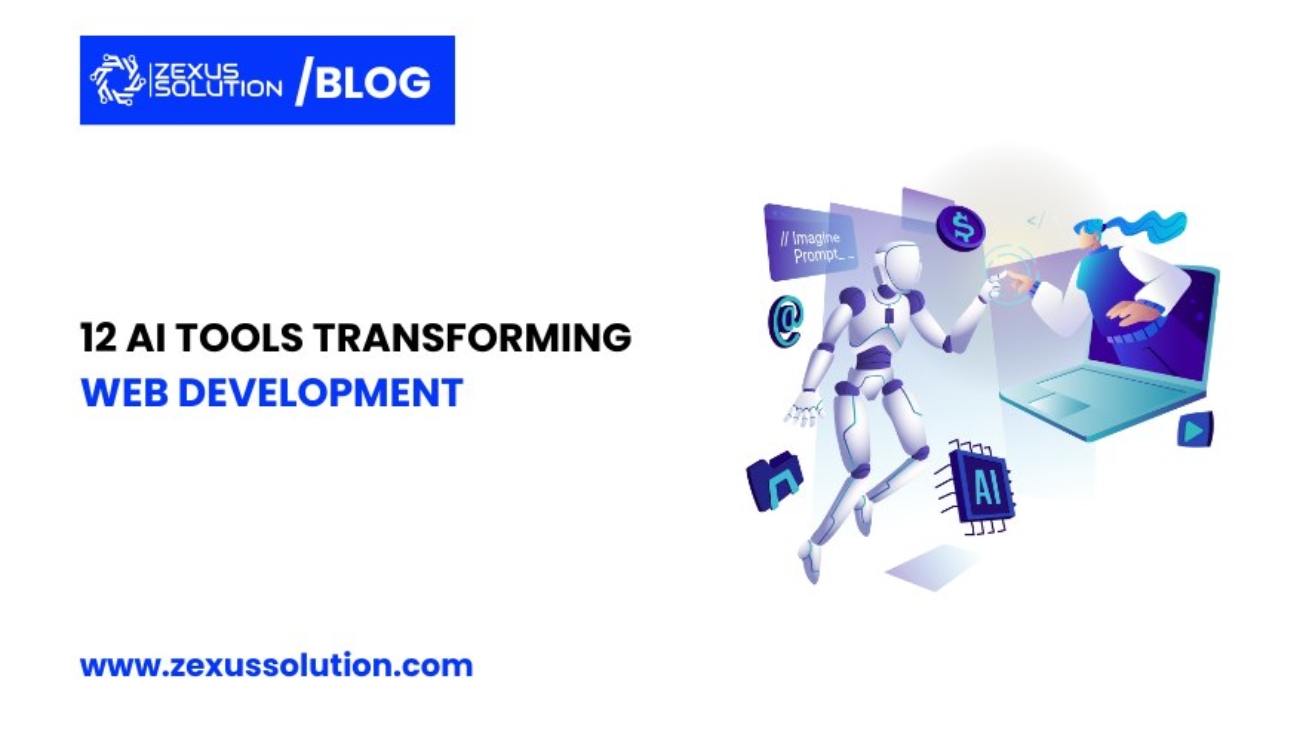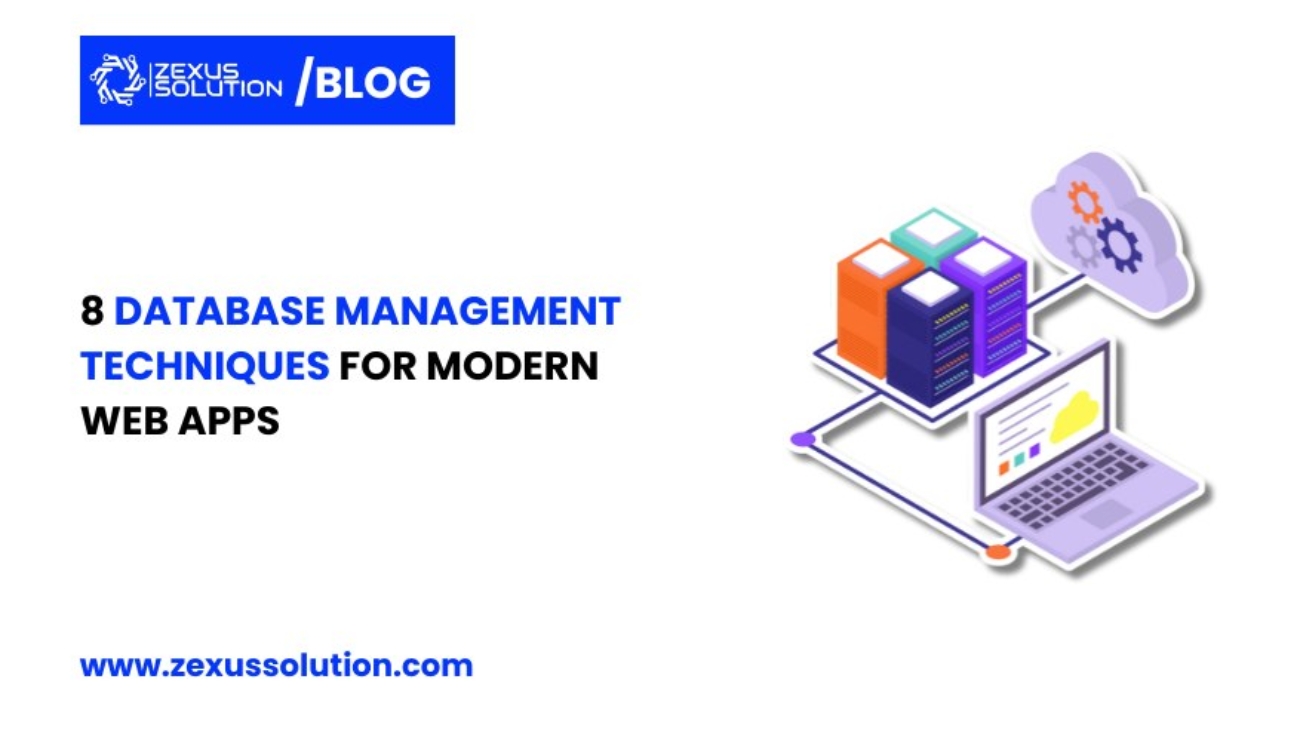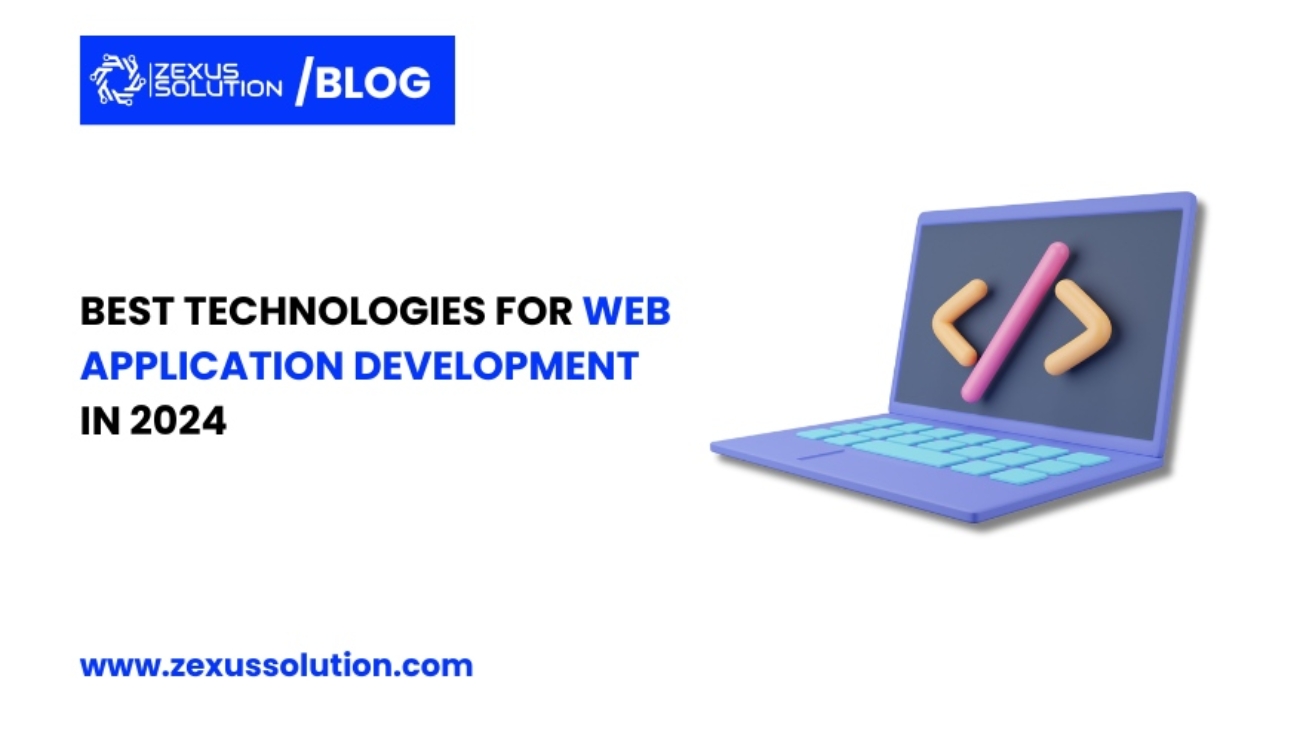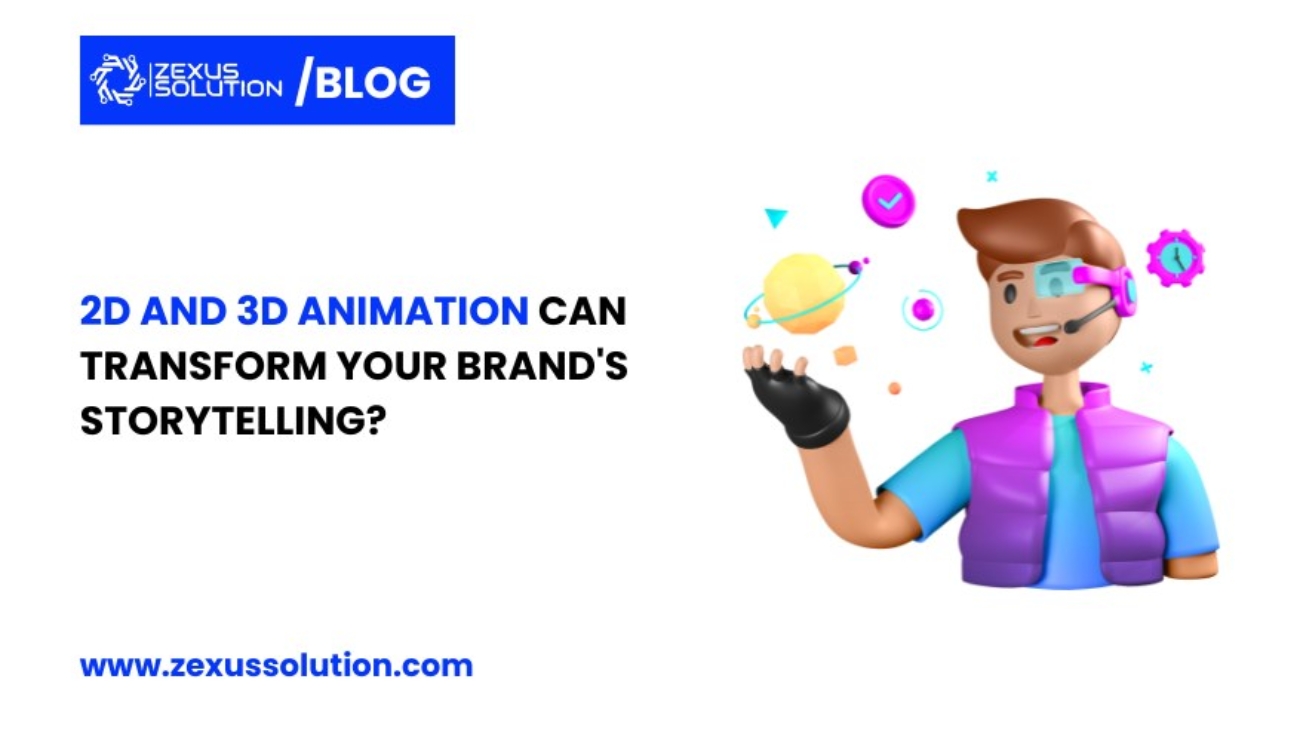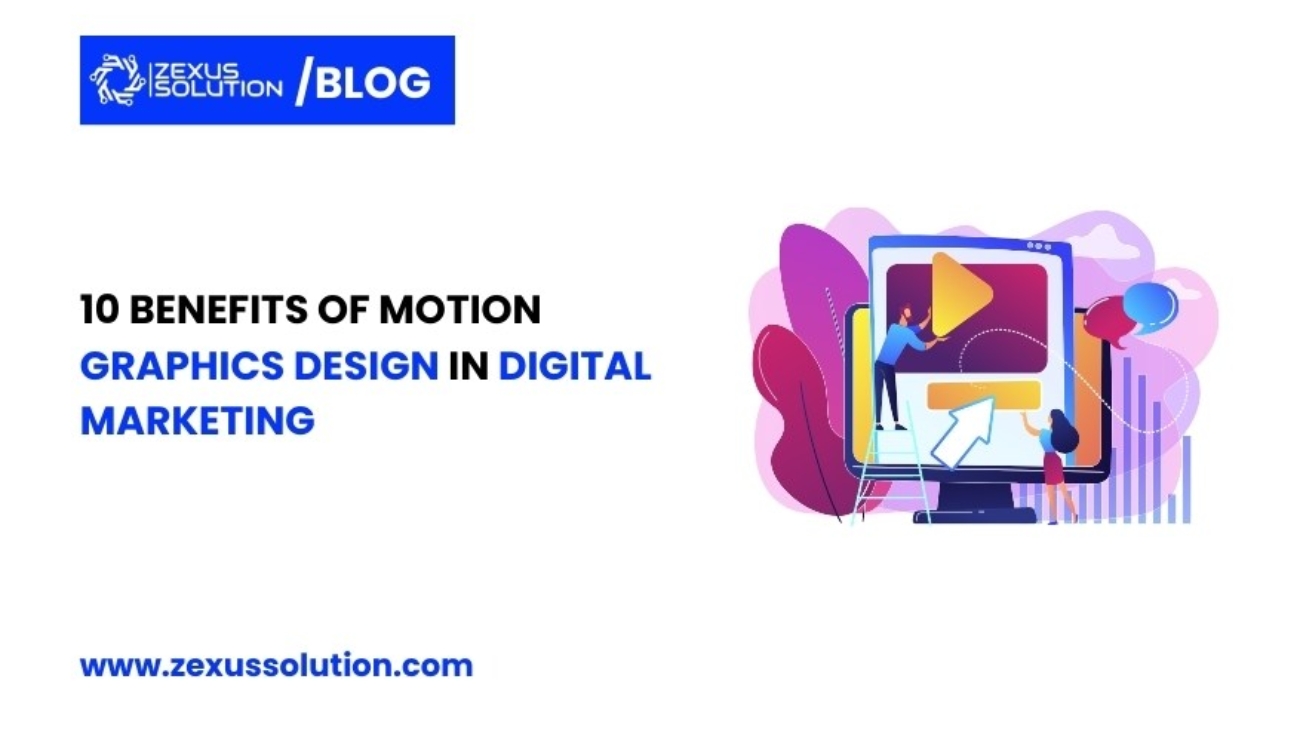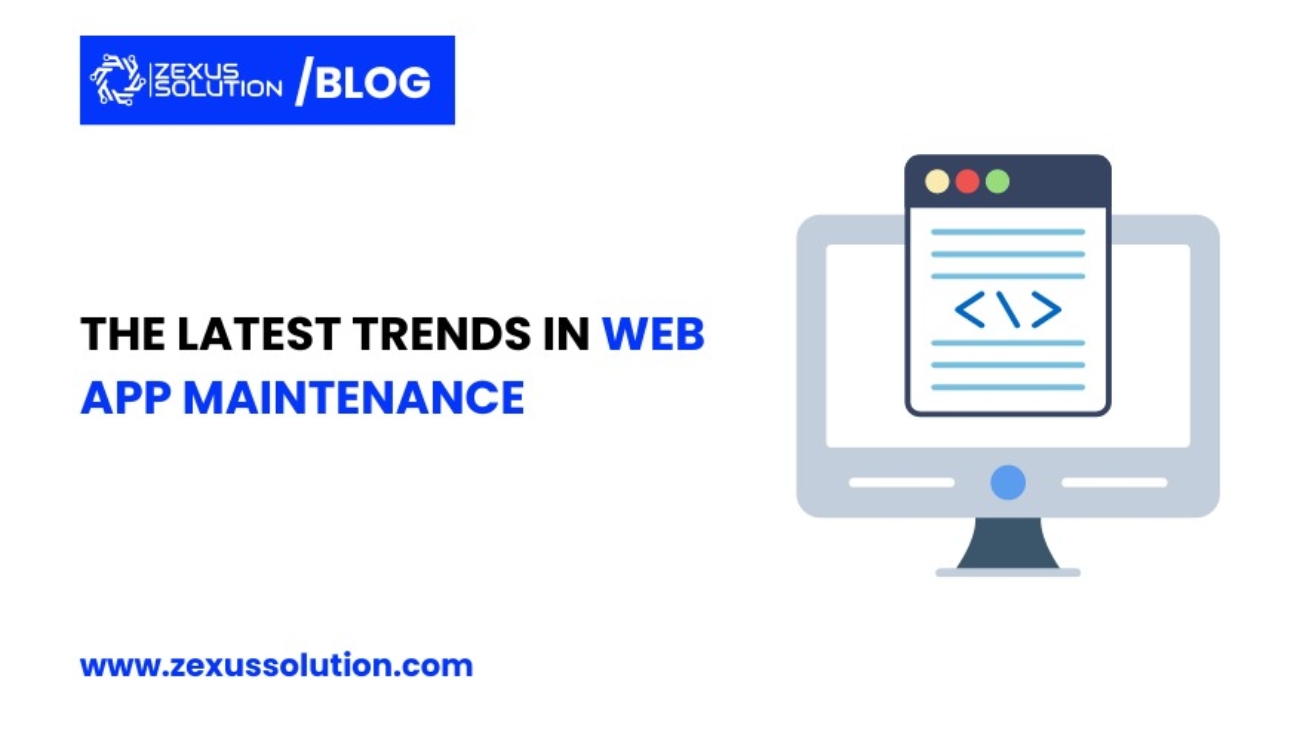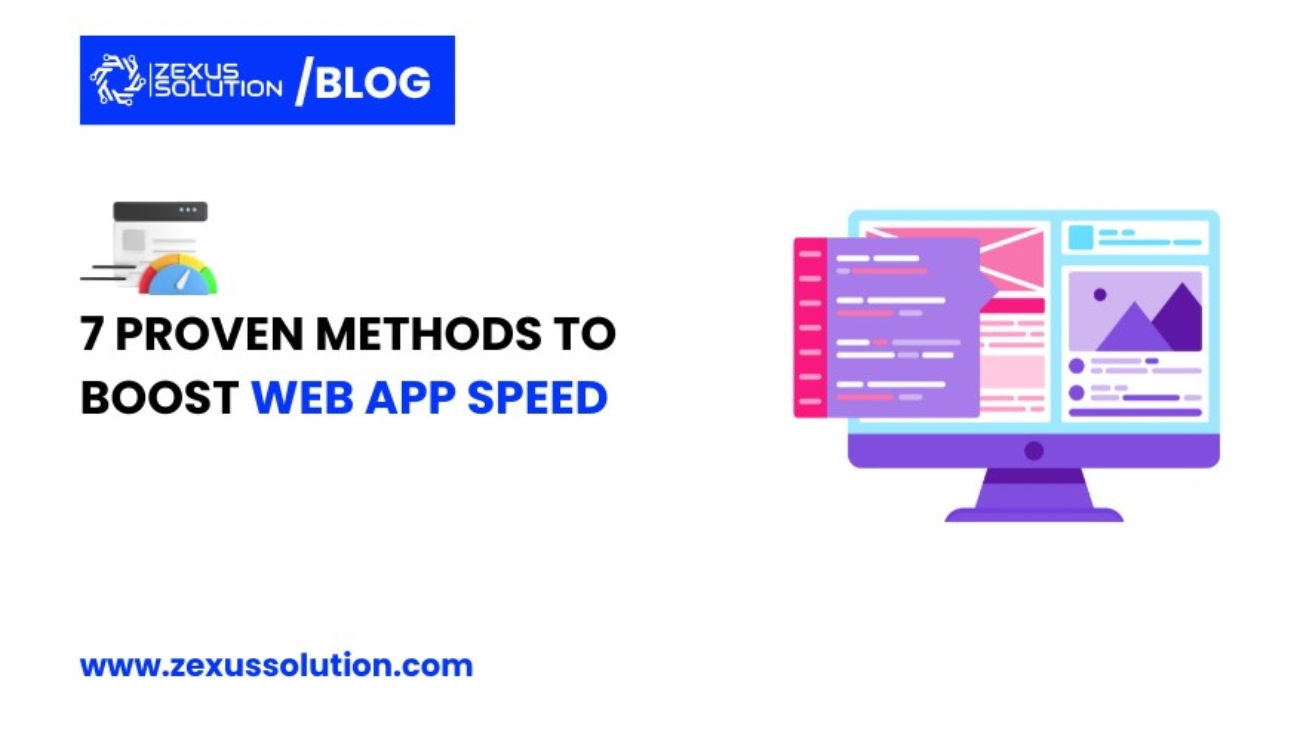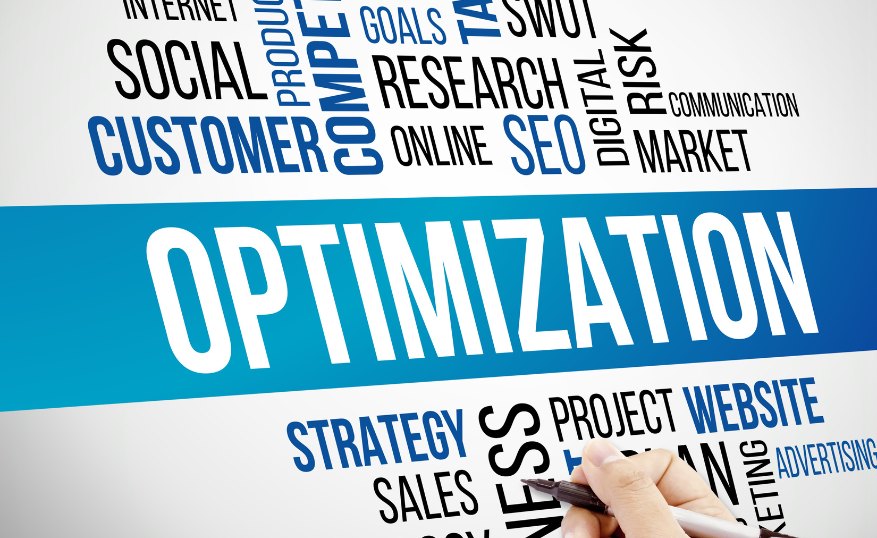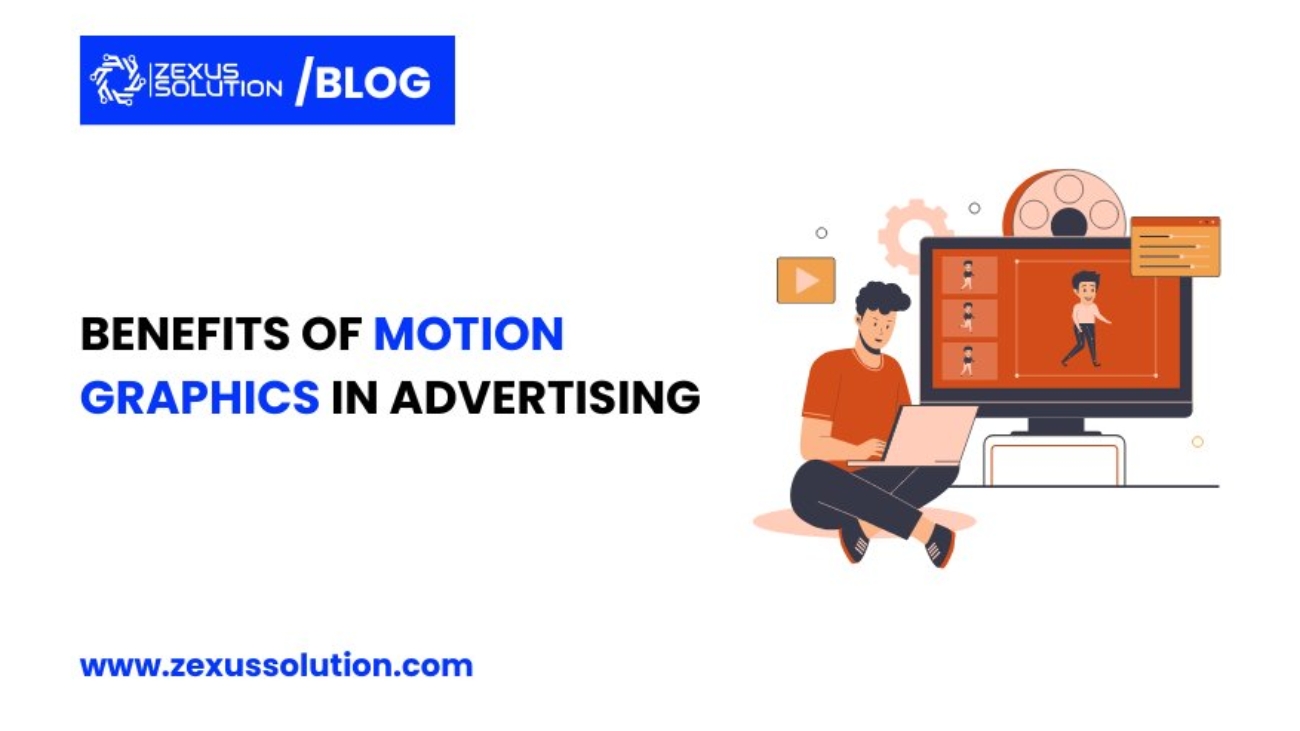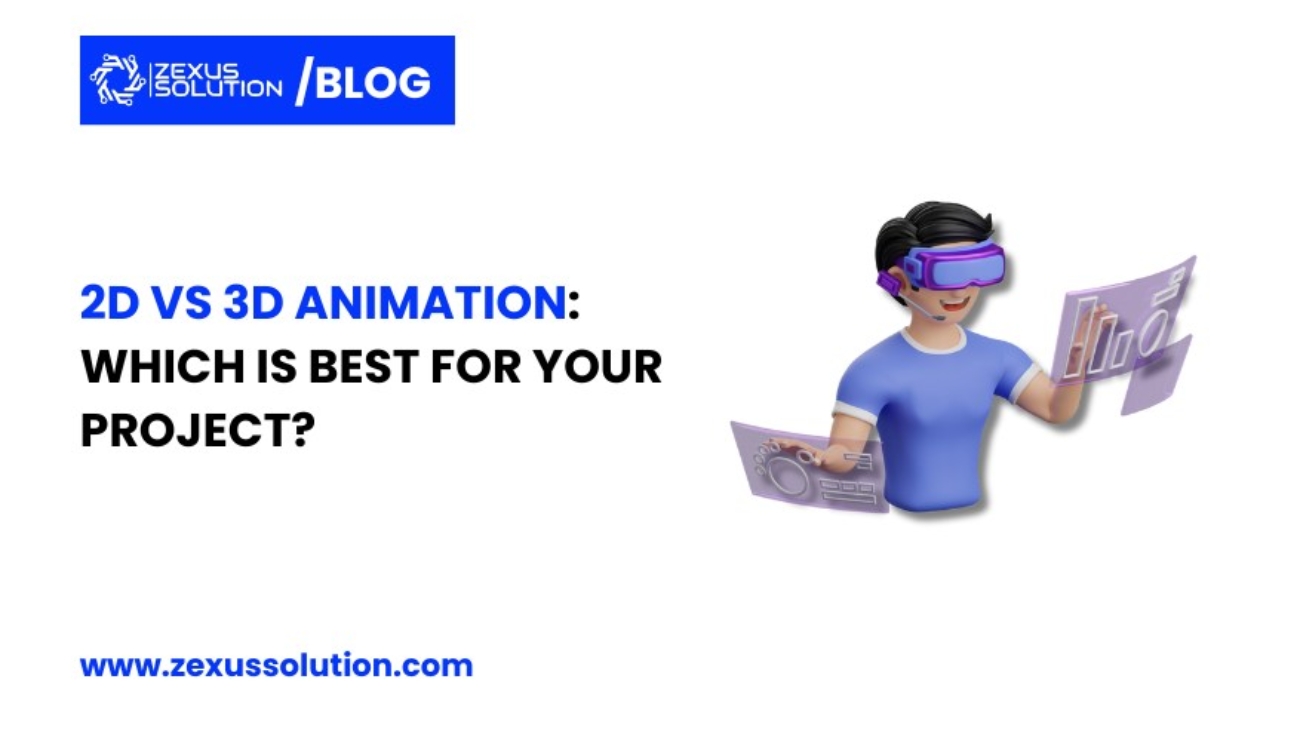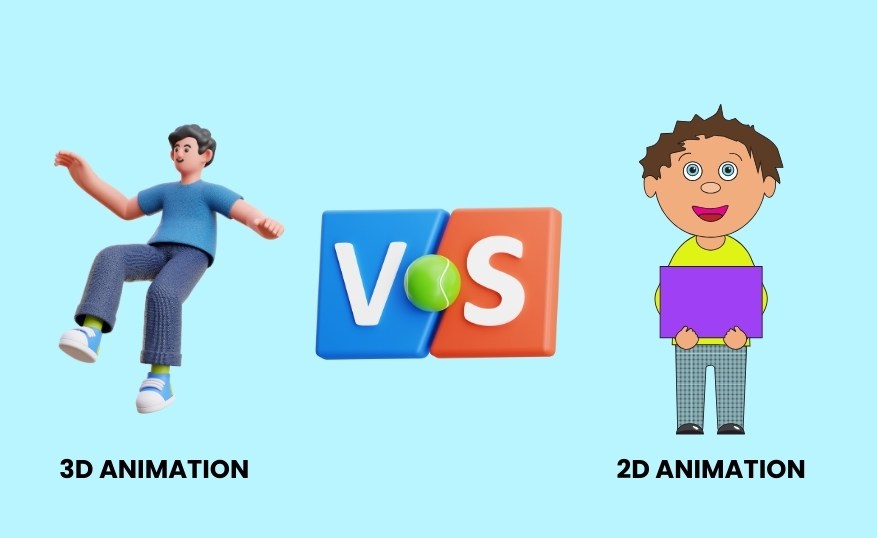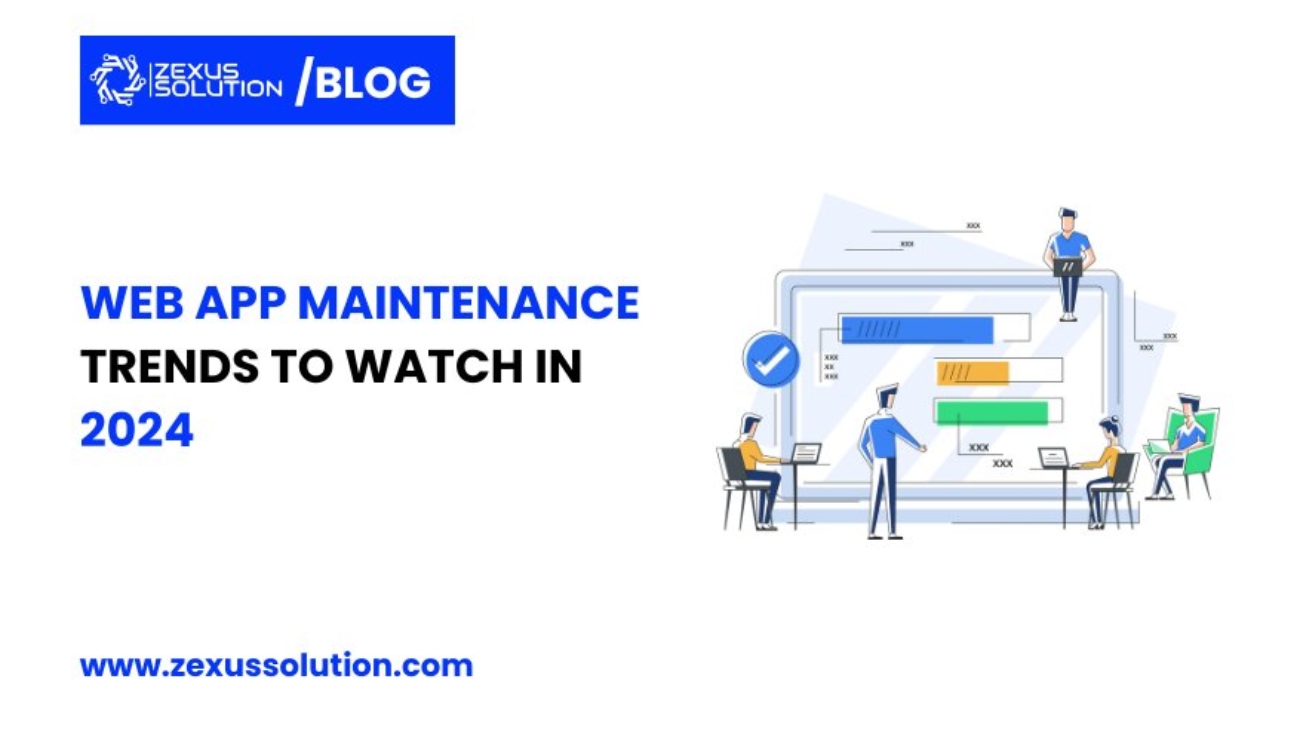Table of Contents
Just think of a world where coding is as magical as waving a wand, design is as simple as blinking, and security vulnerabilities are detected before they turn into nightmares. Welcome to 2024, when web developers and designers are embracing the AI tools that are making their work a lot easier.
From coding with zero errors and designing elegant user interfaces to protecting applications with only a few clicks, these tools are making what used to be mundane, repetitive chores, into well-oiled processes.
From enhancing development to improving website performance, these 12 AI tools for developers are the future of web development. Ready to dive in? So, let’s discuss how the usage of AI is going to impact web development in 2024.
Must-Have Tools For Every Developer
GitHub Copilot: The AI Coding Assistant

Since the release of GitHub Copilot, it has quickly become one of the most popular tools for developers and in 2024, it will be even more useful. It is a coding AI that provides code recommendations and writes whole sections of code from basic instructions provided.
This is especially useful for beginner and advanced-level developers since it enables them to write code more efficiently with fewer mistakes. With the incorporation of the use of GitHub Copilot, the future of web development appears to be even more productive, thereby enabling developers to spend more time working on solutions.
Indigo.Design: AI-Driven UI Design
Indigo. Design is an all-embracing concept that integrates AI to solve the challenges of UI/UX design. It enables designers to turn ideas, represented in the form of sketches, into actual and working prototypes in one click.
Some of the most obvious examples include the smart suggestions as well as the auto layout system that is well incorporated in Indigo.design. It is revolutionizing the role of web development services by making the design more natural and easier.
This tool helps to cut down the time taken from design to deployment and therefore it is very important for web development in 2024.
Mintlify: Documentation Made Simple

Documentation is important in any project, yet it is one of the most underrated aspects of project management. Currently, this is not the case and Mintlify seeks to solve this by making it possible to generate documentation from code using AI.
This tool can analyze complex code and generate accurate, clear, and concise documentation in real-time. For developers and teams working for web application maintenance services, Mintlify is a blessing as it helps to update the documentation which is very helpful to make the application more maintainable.
ChatGPT: From Support to Coding Assistance
ChatGPT is mostly famous for its conversational feature, but it is also becoming a sensation in web development. The open-source software ChatGPT is helping developers to type code snippets, debug problems and even to discover new features. In 2024, its integration into development workflows will be much smoother than it was before.
ChatGPT can help both the freelance web developer and the company that offers paid professional web development services in terms of increasing productivity in terms of the coding work, as well as helping to come up with an idea for a particular piece of code.
Adobe Sensei: AI-Powered Creativity
Adobe Sensei is Adobe’s Artificial Intelligence engine that supports creative processes in the web development and design industries. It employs machine learning to execute simple tasks such as cropping images, filling holes, and guessing user behavior.
In the process of web development in 2024, such tools as Adobe Sensei are crucial to developing visually appealing websites in a short time. It enables developers and designers to work in the creative zone while automating all the boring work.
Uizard: Turn Ideas into Interfaces

Wizard is a real AI tool that is aimed at converting hand-drawn sketches into clickable prototypes. It is like a spell to designers and developers who wish to transform concepts into implementation within the shortest time possible.
Uizard is very beneficial for those who do not have a lot of experience in designing since they can design very professional prototypes using this tool. This democratization of design is important for the future of web development as it allows more people to be involved in the creative process and implements new concepts much quicker than ever.
Appy Pie: No-Code Development Simplified
Appy Pie is an online app builder that helps individuals build web applications and software without coding it themselves. Even more, the platform provides functionalities such as the ability to drag and drop for development, the capability to create workflow automation, and even adding of chatbots with the help of AI.
As for companies that aim at minimizing the time and money spent on development, those that are not oriented on technical expertise as the primary asset, Appy Pie represents a shift in the role of web development services, making them more accessible to everyone.
Snyk: Security with AI
Security has always been an important issue in web development, and Snyk leverages AI to identify existing vulnerabilities in code and dependencies. Since the development of complicated web applications is a continuous process, the demand for security measures is also rising.
Snyk provides real-time alerting and remediation, so your application stays secure while you don’t have to check for vulnerabilities regularly. For companies providing web application maintenance services, Snyk is a critical resource to help ensure the security of the applications that the companies maintain.
Tabnine: AI-Powered Code Completion

Tabnine is yet another code completion tool powered by artificial intelligence that is revolutionizing web development. In addition, it incorporates machine learning into it and can predict your coding patterns, giving smart code suggestions.
This can cut coding time significantly, improve accuracy, and even make it easy for the programmer to learn a new language or framework. Concerning web development in 2024, tools such as Tabnine are becoming standard in the developers’ toolbox to maintain high code quality and productivity.
Khroma: AI-Powered Color Palette Generator
Selecting a proper color scheme is usually the first step in creating beautiful websites. Using AI, Khroma selects the appropriate color scheme for the user based on their preferences.
It is rather useful for designers who need to play with colors and try various combinations without spending much time on the palette change. With the ever-changing trend in web design, Khroma is well-positioned to come up with beautiful and eye-catching websites.
Wix ADI: Automated Website Design
Wix ADI (Artificial Design Intelligence) helps users build sites without much intervention. Wix ADI can build your website for you based on your business type, location, and preferred style and it can even select images, text, and layout for you.
It is not a rival for professional web development services but it is an optimal tool for people and small companies planning to have a website without spending much time or money.
Galileo AI: Revolutionizing Design with AI
Galileo AI can be described as a design tool based on artificial intelligence that enables designers to generate fantastic visuals and prototypes within a few minutes. It can take your design input and provide recommendations on how best to arrange your layout typography, and content.
This tool is revolutionizing web development in 2024 by offering intuitive interfaces for creating beautiful designs for those who are not web designers but entrepreneurs who want to design their websites on their own.
The Future of Web Development with AI
AI is not a new concept when it comes to web development – it is now the new normal. These tools are helping web developers to code faster, generate documentation, ensure security, and design their applications.
Given the current advances in web development in 2024, one can only imagine how they will progress as we advance, thus paving the way for new horizons in the web development services industry.
Therefore, it becomes mandatory for businesses and developers to accept these tools. From optimizing the development process, and increasing security to achieving beautiful UI/UX, there is an AI tool for all your needs.
Indeed, as these technologies advance, they will remain increasingly central to creating, sustaining, and refining the world’s sites and applications. Therefore, AI adoption in web development is disrupting the industry in a way that has never been seen before.
The tools covered in this paper are just the tip of the iceberg. Thus, as AI advances, so will its influence on the web development process, and 2024 will be an interesting year for anyone involved in creating the future digital interfaces.

